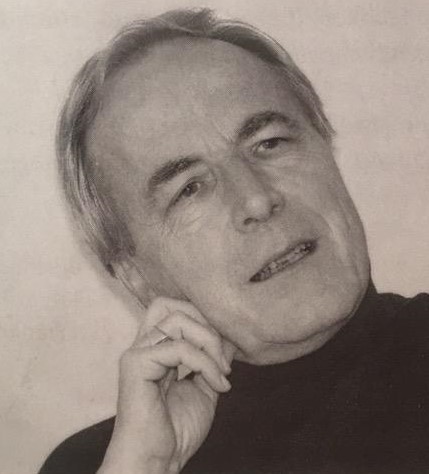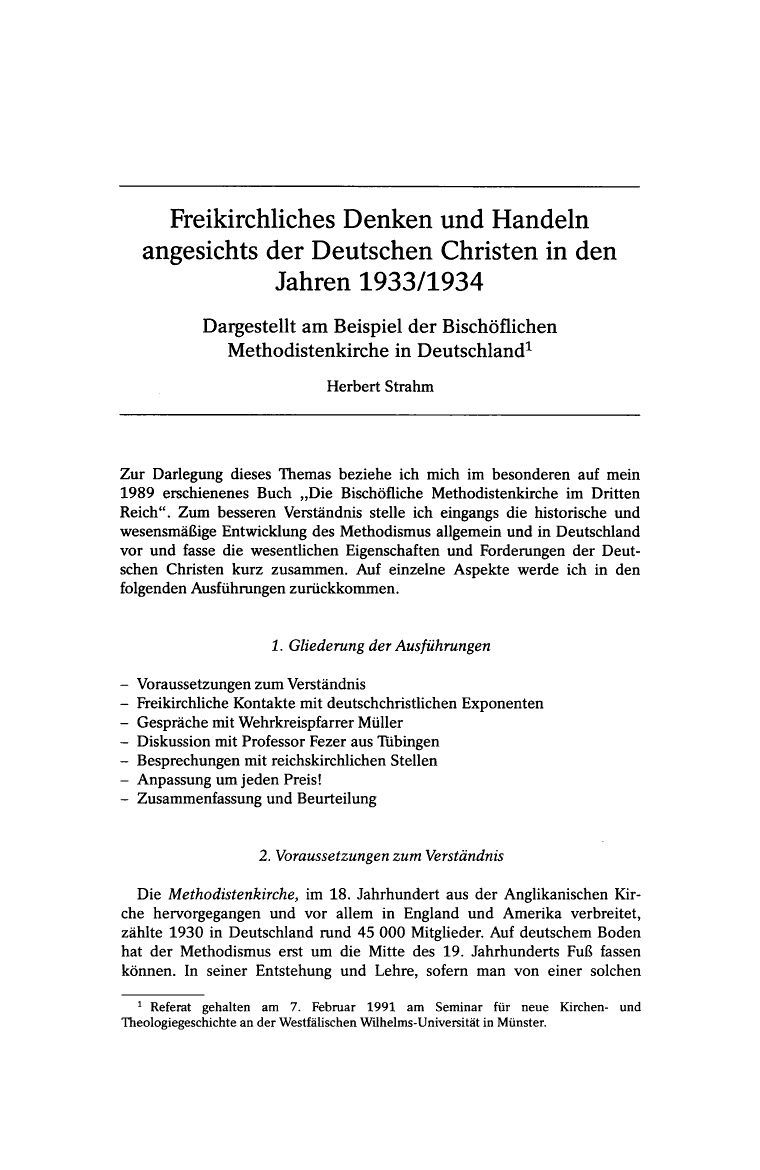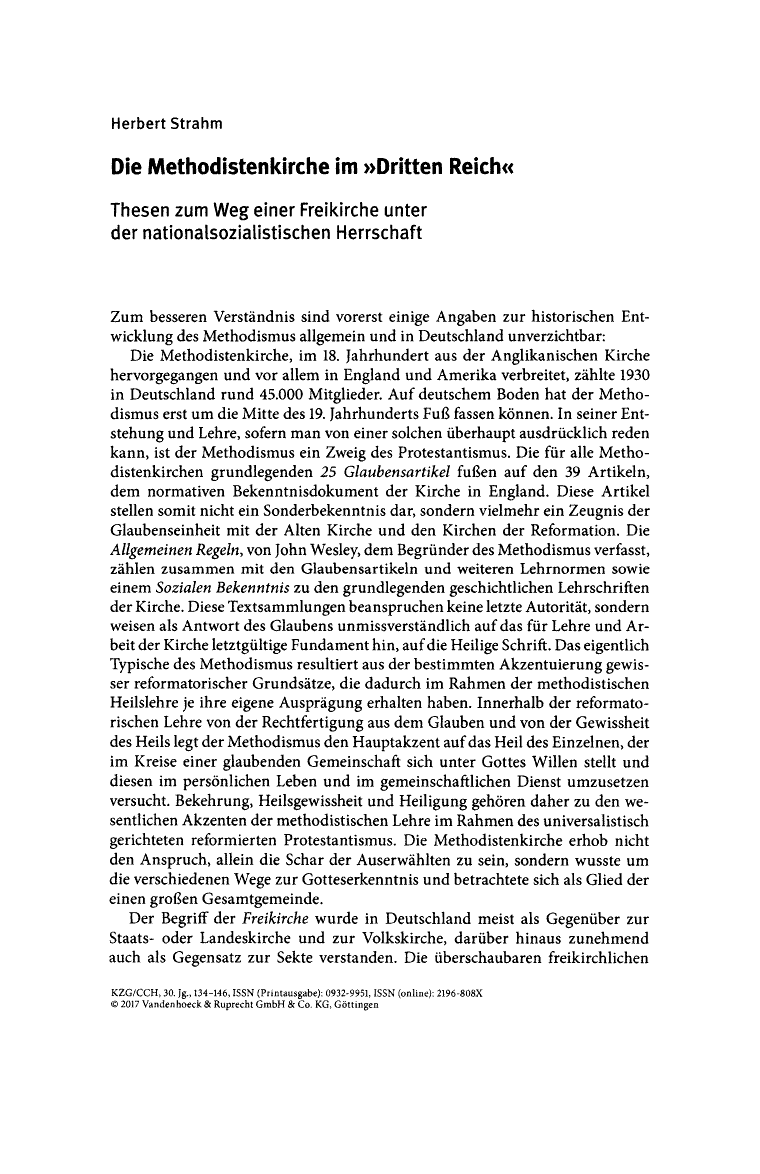
Uncategorised

Herbert Strahm
Professor Dr. theol. et lic. phil.
Pfarrer, Kirchenhistoriker, Psychologe, Dozent, Buchautor
CH-8910 Affoltern am Albis / ZH
Pfruendhofstrasse 46
Tel.: +41 (0) 78 815 19 00
Diese E-Mail-Adresse ist vor Spambots geschützt! Zur Anzeige muss JavaScript eingeschaltet sein!
| Geburtsdatum: | 24. Januar 1944 |
| Heimatort: | Langnau i/E. BE |
| Zivilstand: | verw. von Susanne Strahm geb. Wydler |
| Kinder: | Sibylle (1970), Simone (1973) |
| Hobbys: | Musik (Trompete), Schach, Sport (Fitness) |
Lehre / Grundausbildung im kaufmännischen Bereich
Dipl. Kaufmann HKG
Anstellungen: Krankenversicherung, Industrie, Bundesverwaltung,
Spitalwesen (stv. Spitalverwalter)
AKAD / Feusi Bildungszentrum AG / Kirchlich-Theologische Schule (KTS)
Studium der evangelischen Theologie, VDM
Pfarrertätigkeit in verschiedenen Kantonen
Dr. theol., Hon.-Prof. für Kirchengeschichte, Konfessionskunde, Religionswissenschaft, Ökumenik
Lehr- und Forschungstätigkeit im In- und Ausland
Studium der Psychologie, lic. phil. / M.Sc.
Allgemeine Psychologie, Entwicklungspsychologie, Persönlichkeitspsychologie
Mitglied des Kantonalen Kirchenrats Glarus (Vizepräsident)
Abgeordneter im Schweizerischen Evangelischen Kirchenbund SEK
Mitglied der Konkordatsprüfungsbehörde (KPB)
Mitglied der Schweizerischen Theologischen Gesellschaft
Mitglied des Schweizerischen Reformierten Pfarrvereins
Mitglied des Reformierten Pfarrvereins des Kantons Zürich
Mitglied des Vereins für Freikirchenforschung e.V., Deutschland
Psychologisch-Pädagogischer Dienst (PPD) der Armee
Care Team Zentralschweiz
Alumni UniBE


Die Methodistenkirche im »Dritten Reich« : Thesen zum Weg einer Freikirche unter der nationalsozialistischen Herrschaft
Summary
The Methodist Church was not able to establish itself on German soil until the middle of the 19th century. The Free Church’s attitude toward the National Socialist state in the early years of the Third Reich was largely the result of previous negative experiences, especially with the state and the national church. In 1933, the ›Nationale Erhebung‹ [National Uprising] raised expectations for Hitler’s ›positive Christianity‹, in which the Methodists saw a new opportunity for missionary activity. – The Methodist Church leadership took the threat of ecclesiastical ›Gleichschaltung‹ [enforced conformity] very seriously. German-Christian slogans and the events surrounding the intended Reich Church led the Methodists – also at the level of the Association of Protestant Free Churches (VEF) – into discussions with exponents of the Reich Church about ways of unifying the Free Church, in order to oppose integration of the Free Churches into the Reich Church. The Reich Church authorities were mainly concerned with the ›Aufklärungsarbeit‹ [educational work] favouring the Reich, which was to be carried out abroad by the Methodist side. In the wake of the ideological and statutory adjustment, the German Methodists gave their church a new legal basis. With the formation of the German Central Conference and the election of a German bishop in 1936, the path to national independence was consistently pursued within the framework of the overall Church, independent of Reich Church claims and removed from confessional church groups. The Methodist Church remained within the confines of the Nazi way of thinking, for the very reason that it lacked effective theological work. In conduct conforming to the state, the Methodist Church leadership’s rhetoric and activities were oriented to the absolute Hitler state. Free Church concessions, which often caused a wearisome struggle in the communities, were manifested in such areas as the preaching service, in silence over the Jewish question, in the Free Church Nazi propaganda at the 1937 World Church Conference in Oxford and in the Methodist press. Well before the outbreak of war in 1939, the Methodists – like other Germans – were not able to form even a remotely objective picture of true events; they only listened to and read what German propaganda served. Although the Methodist Church was in a position to save itself by way of the Third Reich, it proceeded on a path to theological, religious and ecclesiastical decline as a result of its moral failure, fear, opportunism and lack of faith.
Die Methodistenkirche im »Dritten Reich« : Thesen zum Weg einer Freikirche unter der nationalsozialistischen Herrschaft
Zusammenfassung
Die Methodistenkirche vermochte erst um die Mitte des 19. Jahrhunderts auf deutschem Boden Fuß zu fassen. Die staatsoffene Haltung der Freikirche zum nationalsozialistischen Staat zeigte sich in den Anfangsjahren des Dritten Reiches weitgehend als eine Folge der früheren negativen Erfahrungen vor allem mit Staat und Landeskirche. Die ›Nationale Erhebung‹ steigerte 1933 die Erwartungen auf das von Hitler erklärte ›positive Christentum‹, worin die Methodisten eine neue Gelegenheit für missionarisches Wirken sahen. – Die drohende kirchliche ›Gleichschaltung‹ nahm die methodistische Kirchenleitung stark in Anspruch. Deutschchristliche Parolen und die Vorgänge um die angestrebte Reichskirche führten die Methodisten, auch auf der Ebene der Vereinigung evangelischer Freikirchen (VEF) zu Gesprächen mit reichskirchlichen Exponenten zwecks Erörterung freikirchlicher Zusammenschluss-Varianten, um einer Integration der Freikirchen in die Reichskirche zu entgehen. Den reichskirchlichen Stellen ging es vorwiegend um die im Ausland von methodistischer Seite zu tätigende ›Aufklärungsarbeit‹ zugunsten des Reiches. – Im Sog der ideologischen und rechtlichen Anpassung gaben die deutschen Methodisten ihrer Kirche eine neue Rechtsgrundlage. Mit der Bildung der Deutschen Zentralkonferenz und der Wahl eines reichsdeutschen Bischofs 1936 verfolgte man konsequent den Weg in die nationale Unabhängigkeit im Rahmen der Gesamtkirche, unabhängig von den reichskirchlichen Ansprüchen und in Distanz zu den bekenntniskirchlichen Gruppierungen. Die Methodistenkirche blieb in der Enge der nationalsozialistischen Gedankenwelt, schon deshalb, weil es an wirksamer theologischer Arbeit fehlte. – Im staatskonformen Verhalten wurde das Reden und Handeln der methodistischen Kirchenleitung auf den totalen Hitler-Staat ausgerichtet. Freikirchliche Konzessionen, die nicht selten ein zermürbendes Ringen in den Gemeinden verursachten, zeigten sich u. a. im Predigtdienst, im Stillschweigen über der Judenfrage, in der freikirchlichen NS-Propaganda auf der Weltkirchenkonferenz 1937 in Oxford und im methodistischen Pressewesen. Spätestens in der Kriegszeit seit 1939 konnten sich die Methodisten wie andere Deutsche auch kein nur annähernd objektives Bild über die wahren Vorgänge machen, hörten und lasen sie nur, was der deutschen Propaganda diente. – Obwohl sich die Methodistenkirche durch das Dritte Reich hindurch zu retten vermochte, musste ihre Haltung auf ihrem Weg zu einem theologischen, religiösen und kirchlichen Niedergang führen, der auf moralisches Versagen, Angst, Opportunität und Kleingläubigkeit zurückzuführen ist.
Summary
The Methodist Church was not able to establish itself on German soil until the middle of the 19th century. The Free Church’s attitude toward the National Socialist state in the early years of the Third Reich was largely the result of previous negative experiences, especially with the state and the national church. In 1933, the ›Nationale Erhebung‹ [National Uprising] raised expectations for Hitler’s ›positive Christianity‹, in which the Methodists saw a new opportunity for missionary activity. – The Methodist Church leadership took the threat of ecclesiastical ›Gleichschaltung‹ [enforced conformity] very seriously. German-Christian slogans and the events surrounding the intended Reich Church led the Methodists – also at the level of the Association of Protestant Free Churches (VEF) – into discussions with exponents of the Reich Church about ways of unifying the Free Church, in order to oppose integration of the Free Churches into the Reich Church. The Reich Church authorities were mainly concerned with the ›Aufklärungsarbeit‹ [educational work] favouring the Reich, which was to be carried out abroad by the Methodist side. In the wake of the ideological and statutory adjustment, the German Methodists gave their church a new legal basis. With the formation of the German Central Conference and the election of a German bishop in 1936, the path to national independence was consistently pursued within the framework of the overall Church, independent of Reich Church claims and removed from confessional church groups. The Methodist Church remained within the confines of the Nazi way of thinking, for the very reason that it lacked effective theological work. In conduct conforming to the state, the Methodist Church leadership’s rhetoric and activities were oriented to the absolute Hitler state. Free Church concessions, which often caused a wearisome struggle in the communities, were manifested in such areas as the preaching service, in silence over the Jewish question, in the Free Church Nazi propaganda at the 1937 World Church Conference in Oxford and in the Methodist press. Well before the outbreak of war in 1939, the Methodists – like other Germans – were not able to form even a remotely objective picture of true events; they only listened to and read what German propaganda served. Although the Methodist Church was in a position to save itself by way of the Third Reich, it proceeded on a path to theological, religious and ecclesiastical decline as a result of its moral failure, fear, opportunism and lack of faith.
